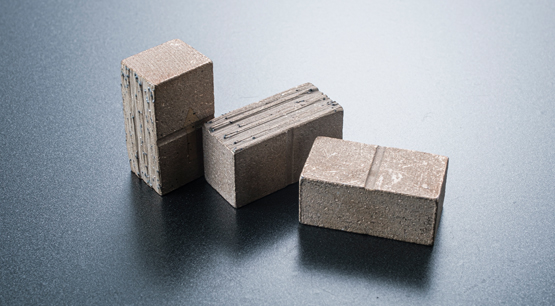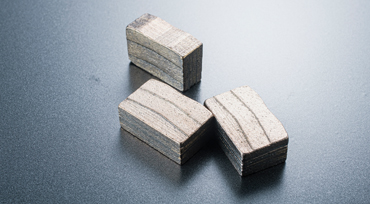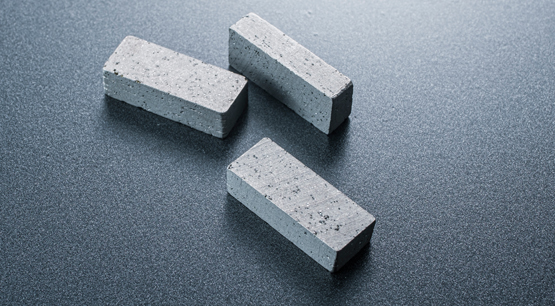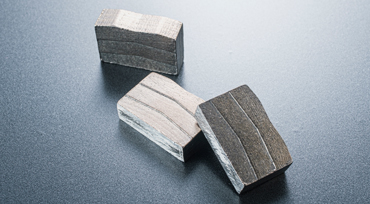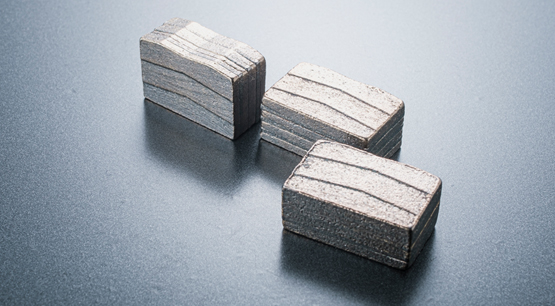Detecting the quality of a diamond blade involves several key methods and considerations to ensure its performance and durability. Here are some ways to assess the quality of a diamond blade:
Check Blade Labeling and Manufacturer: Start by examining the labeling and packaging of the diamond blade. Ensure it comes from a reputable manufacturer known for producing high-quality diamond tools.
Segment Alignment: Inspect the alignment of diamond segments on the blade. Segments should be evenly spaced and securely attached to the core. Any misalignment or irregularities could indicate poor quality.
Segment Bonding: Evaluate the bonding of diamond segments to the core. A good-quality blade will have strong and consistent bonding, preventing segments from coming loose during use.
Diamond Concentration: The concentration of diamonds in the segment is critical. Higher diamond concentration typically indicates better cutting performance. Look for blades with a balanced diamond-to-metal ratio.
Diamond Quality: The quality of the diamonds used matters. Industrial-grade, synthetic diamonds are commonly used in diamond blades. Ensure that the diamonds are of high quality and uniformly distributed within the segments.
Core Material: Check the material of the blade's core. It should be made from high-quality metals or alloys that provide stability and durability to the blade.
Noise and Vibration: When in use, a high-quality diamond blade should produce minimal noise and vibration. Excessive noise and vibration can indicate an unbalanced or poorly made blade.
Cutting Performance: Test the blade's cutting performance on the intended material. A good-quality blade should cut smoothly and efficiently, with minimal chipping or damage to the material.
Cooling Holes: Many diamond blades feature cooling holes to dissipate heat during cutting. Ensure these holes are well-designed and positioned to prevent overheating and extend the blade's life.
Safety Features: Check for safety features, such as reinforced cores and noise-reducing segments. These features contribute to both the blade's safety and longevity.
Certifications: Look for certifications and standards compliance. Blades that meet industry standards are more likely to be of higher quality.
Reviews and Recommendations: Seek reviews and recommendations from professionals who have used the same type of diamond blade for similar applications. Their experiences can provide valuable insights into blade quality.
In summary, assessing the quality of a diamond blade involves a combination of visual inspections, performance testing, and consideration of various factors like diamond concentration, bonding, and core material. Choosing a reputable manufacturer and consulting with industry experts can also help ensure you select a high-quality diamond blade that suits your specific cutting needs.

How to check the quality of the diamond segment
Publish date:2023-09-02 16:06:21 Article From:Linsing diamond tools Clicks:



